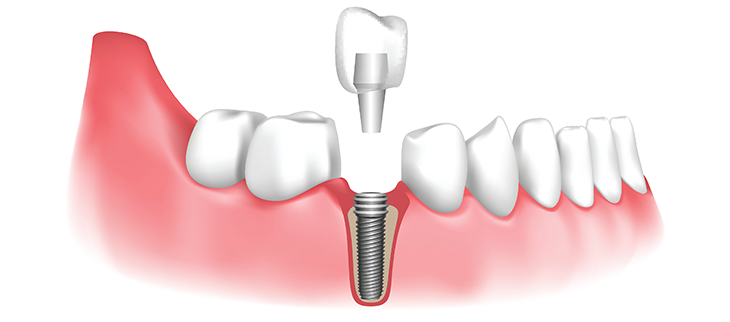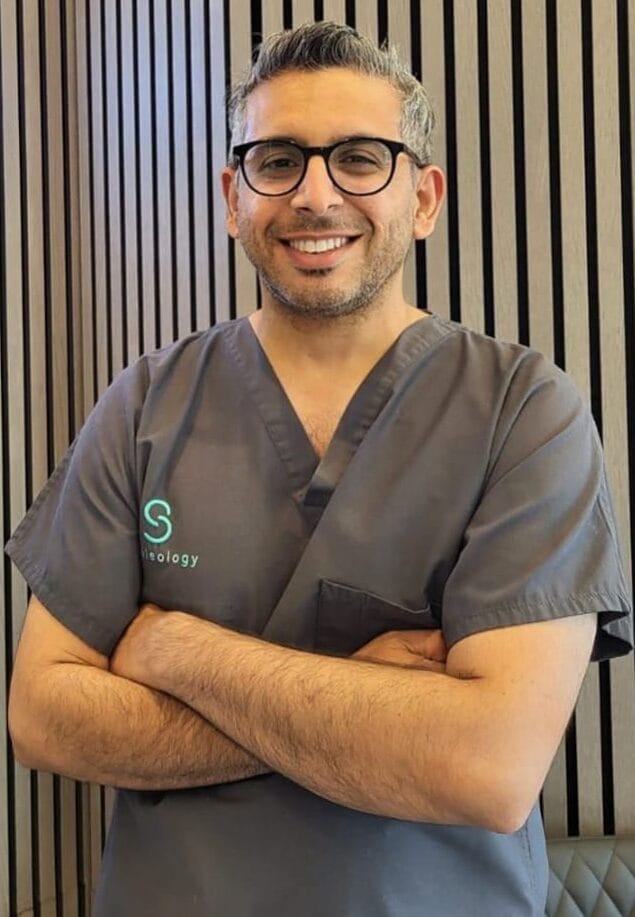Experience the most recent Innovations in Dental Implants Innovation
As the area of dental care remains to advance, the innovations in oral implant modern technology have actually been absolutely nothing brief of impressive. From using innovative products that improve longevity to the implementation of electronic imaging for specific positioning, these advancements are changing the landscape of dental care. With minimally invasive medical strategies and the modification abilities of 3D printing, individuals now have accessibility to tailored services that were once unimaginable. Furthermore, the assimilation of modern technology is changing the functionality of dental implants, promising improved results and patient complete satisfaction.
Advanced Materials for Boosted Longevity
In the realm of oral implants innovation, the assimilation of sophisticated materials has actually substantially added to boosting sturdiness and durability of these crucial oral prosthetics. The usage of products such as titanium alloys, zirconia, and ceramic substances has transformed the area by providing increased resistance, toughness, and biocompatibility to corrosion.
Titanium alloys are extensively utilized in dental implants as a result of their outstanding strength-to-weight ratio, deterioration resistance, and compatibility with the human body. These alloys make sure the stability and durability of the dental implant by holding up against the forces put in throughout speaking and chewing, supplying a dependable option for people seeking resilient tooth replacements.
Zirconia, a kind of ceramic product, has acquired popularity for its biocompatibility and natural tooth-like look. Its high stamina and resistance to use make it an appropriate selection for dental crowns and bridges, boosting the overall aesthetic appeals and functionality of the dental implant.

Digital Imaging for Precise Placement
The evolution of dental implants technology has further progressed with the assimilation of electronic imaging methods, making sure exact placement of these prosthetics for optimal useful and visual results. Digital imaging plays a vital function in the planning and positioning of oral implants by supplying comprehensive 3D pictures of the person's jawbone framework. This innovation allows dentists to analyze bone thickness, situate crucial structures, and intend the precise position and angle for dental implant placement with unrivaled precision.
By using digital imaging, dentists can develop online medical overviews that act as a roadmap throughout the implant positioning treatment. These guides are personalized for each person, thinking about their unique makeup and the preferred end result. This level of accuracy not only boosts the success rate of oral implant procedures yet also reduces the threat of problems.
In addition, digital imaging makes it possible for dental practitioners to imagine the last prosthetic remediation prior to the actual positioning of implants, permitting thorough planning and making certain that the outcome fulfills the patient's aesthetic assumptions. Overall, the combination of electronic imaging modern technology has reinvented the area of dental implants, offering clients an extra foreseeable, efficient, and patient-specific therapy strategy.

Minimally Intrusive Surgical Techniques


Developments in medical strategies have actually resulted in the development of minimally intrusive methods in the field of dental implantology. These strategies intend to minimize trauma to the client, reduce recuperation times, and enhance overall treatment end results. Minimally intrusive surgical procedures entail smaller incisions, specialized tools, and progressed imaging innovations to find more info precisely position dental implants with minimal disturbance to bordering tissues.
One key facet of minimally intrusive techniques is making use of assisted surgical treatment, where 3D imaging and computer-aided design software are utilized to plan the dental implant placement with excellent accuracy. This permits a more foreseeable result and can frequently eliminate the demand for extensive flap surgical procedure.
Additionally, developments in products and implant style have useful reference likewise added to the success of minimally invasive approaches. Implants with enhanced surface residential or commercial properties advertise faster osseointegration, minimizing the healing time needed prior to the prosthetic remediation can be positioned.
3D Printing for Customized Solutions
Using 3D printing modern technology in dental implantology enables the creation of extremely personalized options customized to individual client demands and anatomical variations. This sophisticated technology enables dental specialists to develop and make oral implants with phenomenal precision and precision. By making use of digital imaging techniques, such as cone beam of light calculated tomography (CBCT), thorough 3D models of the client's dental dental caries can be created to guide the implant planning process.
One of the crucial benefits of 3D printing in oral implantology is the capacity to develop patient-specific implants that flawlessly fit the unique anatomy of each individual. This personalized method assists enhance the general success and durability of the implant by making sure ideal fit and positioning. Furthermore, 3D printing permits the production of complicated geometries and complex structures that would be impossible or tough to achieve using typical production approaches.
In addition, 3D printing modern technology makes it possible for dentists to streamline the implantation process, reducing surgery time and enhancing overall person experience. discover this With its capacity to produce personalized options rapidly and efficiently, 3D printing is revolutionizing the area of oral implantology, offering clients innovative therapy alternatives and enhanced outcomes.
Integrated Technology for Improved Capability
Applying sophisticated modern technology in oral implantology improves functionality and accuracy, raising the requirement of treatment for people undertaking implant treatments. Integrated innovation plays an important role in boosting the general success and resilience of oral implants. One essential improvement is the integration of digital scanning and imaging technologies, such as cone-beam calculated tomography (CBCT) and intraoral scanners. These devices permit detailed 3D imaging of the person's oral frameworks, helping with accurate therapy planning and implant positioning.
Moreover, the assimilation of computer-aided design and computer-aided manufacturing (CAD/CAM) innovation makes it possible for the creation of customized implant repairs with remarkable accuracy. CAD/CAM systems use electronic impacts to design prosthetics that perfectly fit the client's special makeup, making certain optimal comfort and functionality. Additionally, using robotic-assisted surgical treatment in dental implant positioning improves accuracy and lessens the danger of human mistake.
Final Thought
In verdict, the most up to date technologies in oral implants modern technology deal enhanced sturdiness with sophisticated materials, accurate placement with digital imaging, minimally invasive medical strategies, tailored options with 3D printing, and enhanced performance with integrated technology - Dental implants Kent. These developments in dental implants innovation are transforming the field and giving people with even more efficient and reliable therapy options for restoring their smiles and dental health and wellness
The assimilation of innovation is revolutionizing the capability of dental implants, assuring boosted outcomes and person contentment.
The development of oral implants technology has actually further progressed with the assimilation of electronic imaging methods, ensuring specific placement of these prosthetics for ideal functional and aesthetic end results. Minimally invasive medical treatments involve smaller lacerations, specialized instruments, and advanced imaging modern technologies to precisely put oral implants with minimal disturbance to surrounding tissues.
Carrying out cutting-edge innovation in oral implantology boosts functionality and precision, boosting the standard of care for clients undertaking dental implant procedures. Dental implants Kent. Integrated technology plays a critical role in improving the general success and toughness of oral implants